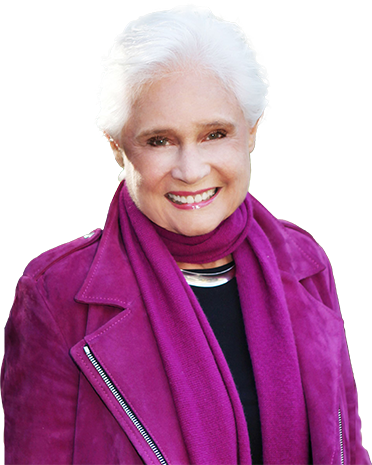Queen Elizabeth’s Homes From Birth Until Death
She was the first British monarch born in a private residence instead of a palace

Featured Posts
Browse our latest news and updates below
Dec
17
2025
The art of hosting: Seasonal style, atmosphere, and architectural ease
With the holidays just around the corner, the season of gathering is in full swing. And in Beverly Hills, unforgettable ...
Nov
24
2025
Why texture is the new luxury in home design
Texture is rewriting the rules of luxury design. Designers have traded shine for substance by creating a new language of...
Nov
24
2025
Why Beverly Hills real estate remains a safe haven for global investors
While other luxury real estate investments rise and fall with economic tides, Beverly Hills is an iconic enclave that ha...
Nov
04
2025
Beverly Hills by the Numbers: What $10M, $25M, and $50M Buy You in 2025
With the luxury real estate market evolving and inventory at the ultra-high end becoming increasingly exclusive, buyers ...

![[ai_client_name]](https://joycerey.com/app/themes/joycereycom_2024/assets/images/site-logo-white.svg)
